Airlines were tackling their greatest environmental challenges, then they were grounded by COVID-19

A Singapore Airlines plane sits on the tarmac at Singapore's Changi Airport on Mar 11, 2020. (Photo: Reuters/Edgar Su)
BANGKOK: In the months leading up to the COVID-19 pandemic, the world’s aviation industry was facing some of its steepest environmental and ideological challenges. Damaging carbon emissions remained on the rise and “flight shaming”, driven by teenage activist Greta Thunberg, had travellers questioning the climate impacts of flying.
Within months, the skies have been largely emptied, on the back of an unprecedented crisis.
The result will be a year of dramatically slashed aviation emissions, which normally contribute about 2 per cent of global carbon outputs, as well as a range of other pollutants.
Research from The Australia Institute (TAI) released this month showed that commercial aviation emissions could be halved in Australia this year. The forecasts are flexible as lockdown measures are extended. It is modelling that could be replicated across the world.
READ: Boeing supplier furloughs 2,300 employees on closure of facilities amid COVID-19
But vast cuts in damaging carbon emissions will be a rare silver lining in an otherwise disastrous period for the industry. And the grounding of most of the world’s airlines is only expected to provide temporary relief to the aviation industry, as it attempts to lessen its impact on worsening global climate change.
Steep environmental targets will loom on the horizon for airlines emerging from the depths of economic despair. Still, experts say there are opportunities to permanently shape the climate footprint of one of the globe’s most polluting industries.
“Airlines have an immediate crisis to address and it’s understandable that they are concentrating on survival right now. However, we can’t ignore the long-term crisis,” said Richie Merzian, the director of TAI’s Climate and Energy Program.
“COVID-19 will eventually pass, whereas climate change will only continue to escalate. There is an opportunity to shape the revival of commercial aviation to also address climate change, thereby building a more resilient industry,” he said.
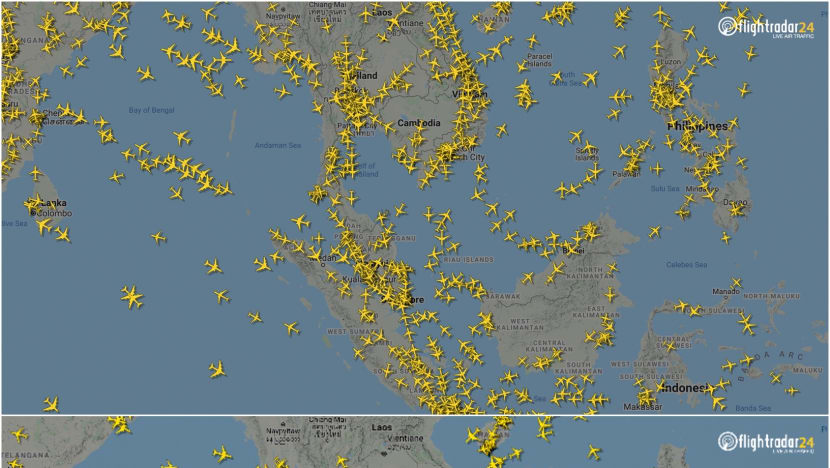
Resilience will be an understated necessity. By early April, there has been an 80 per cent decline in worldwide flights. The global aviation industry is facing its gravest threat with predicted financial losses of US$314 billion, as estimated by the International Airline Transport Authority (IATA), the trade association that represents most of the world’s airlines.
“Airlines could burn through US$61 billion of cash reserves in the second quarter alone. That puts at risk 25 million jobs dependent on aviation. And without urgent relief, many airlines will not survive to lead the economic recovery,” Alexandre de Juniac, IATA’s Director General and CEO said in a press statement.
In Asia Pacific, 11.2 million jobs are at risk and passenger revenue is down US$113 billion versus 2019. There is speculation that most airlines will be bankrupt by June and many will require government bailout funds.
READ: COVID-19 aviation support package in Singapore will help industry ride out crisis, say analysts
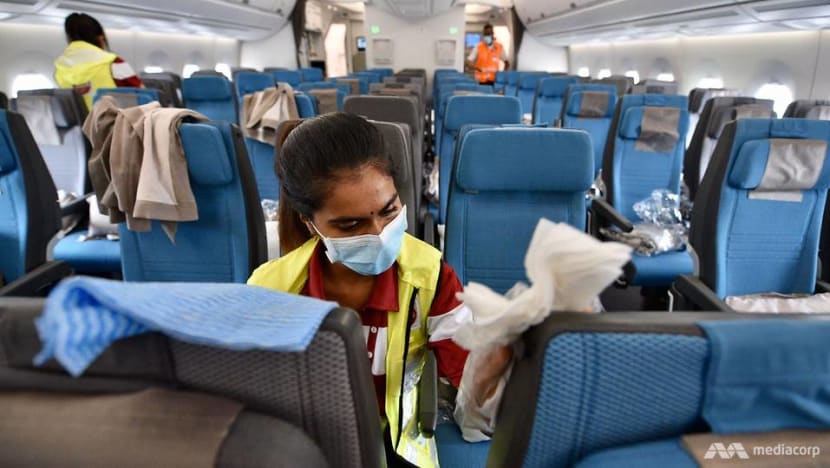
PATH TOWARDS CARBON NEUTRALITY
Amid the economic devastation, the pursuit of a healthier industry doing its part to prevent climate change will remain a key priority, according to IATA’s Director of Aviation Environment, Michael Gill.
In a notoriously difficult industry to environmentally innovate, new technologies, sustainable fuel development and upgrading of airline fleets are seen as essential to keeping the industry on track. But there will be hurdles and flexibility required.
Amended guidelines will be implemented for emission baseline targets under IATA’s Carbon Offsetting and Reduction Scheme for International Aviation (CORSIA), a global carbon pricing instrument that will begin in 2021.
Under the current agreement, the world’s airlines would use their international flight emissions from 2019 and 2020 to create a benchmark figure.
The amount of future carbon offsets, such as forest offset programs, would be determined based on how much that baseline was exceeded - an attempt to achieve carbon-neutral growth, or a situation where emissions will not increase even as demand increases.
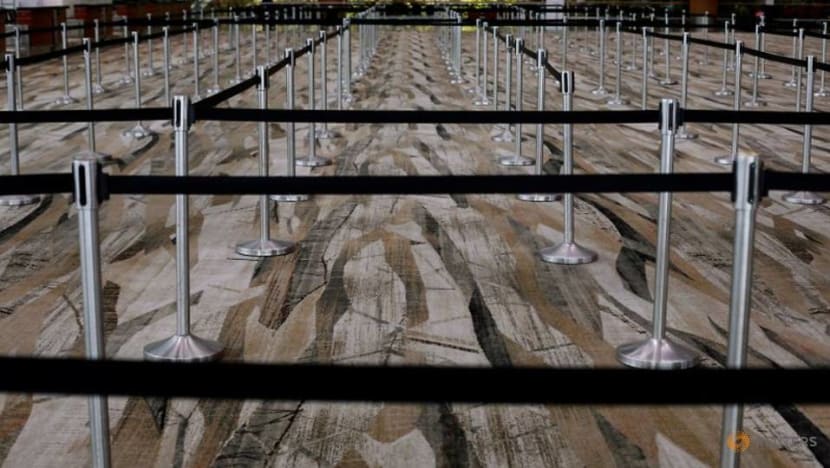
But according to IATA’s Director of Aviation Environment, Michael Gill, the extraordinary circumstances caused by the COVID-19 pandemic means 2020’s count will no longer be included, meaning 2019 emissions data will be solely relied upon going forward.
There remains industry consensus about the importance of carbon neutrality, he told CNA, and this episode will have little impact on long-term targets.
“There is an industry-wide commitment. Once this is over we won’t need to re-explain the importance of our environmental efforts,” he said.
CORSIA is forecast to mitigate around 2.5 billion tonnes of CO2 and generate over US$40 billion in climate finance between 2021 and 2035, according to IATA. It complements the body’s other targets, including a 50 per cent cut in net aviation carbon emissions by 2050, relative to 2005 levels and incremental fuel efficiency improvements every year.
READ: Changi Airport Terminal 2 to suspend operations for 18 months amid COVID-19 pandemic
READ: COVID-19 - Thailand extends ban on passenger flights until end-April
Gill says there are major opportunities for investment in sustainable aviation fuel development and production, which would stimulate growth and provide jobs.
There are industry projections for a surge in demand. There is room for expanded use, with market penetration of biofuels currently at less than 1 per cent.
Substituting traditional jet fuel for biofuel is an efficient way to cut emissions. However, there is controversy attached to the development of biofuel, which typically is sourced from palm oil, a major known cause of the destruction of rainforests.
Biofuels also remain far more expensive than conventional fuels, a scenario likely to be exacerbated by the steep decline in oil prices on global markets. That means possibly fewer incentives for airlines to make drastic environmental changes to the operation of their aircraft in this period of economic turbulence.
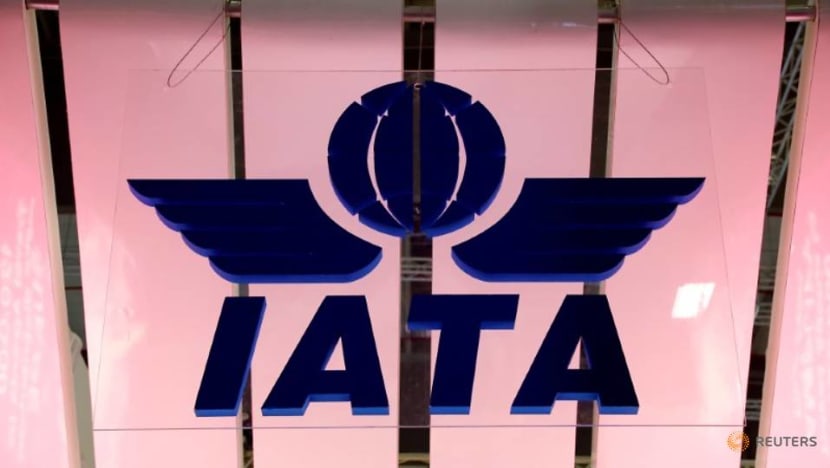
BOUNCING BACK
The economics of flying means airlines will be faced with tough short to medium term choices, balancing their fiscal pressures with environmental obligations, according to aviation analyst Greg Waldron, Asia Managing Editor of FlightGlobal.
He believes that many airlines will be forced to delay the purchases of new aircraft, but will be keen to modernise as soon as it is economically viable.
“With the massive drop in capacity, these airlines have all but ceased producing emissions. The problem with the aviation industry is it’s very hard to decarbonise because fossil fuels have great energy density,” he said.
“You can address it with a fuel-efficient aircraft and this benefits the airlines, because it hurts the environment less and it also saves them money on fuel costs. But when fuel prices are low, there is much less incentive to upgrade to a modern jetliner.”
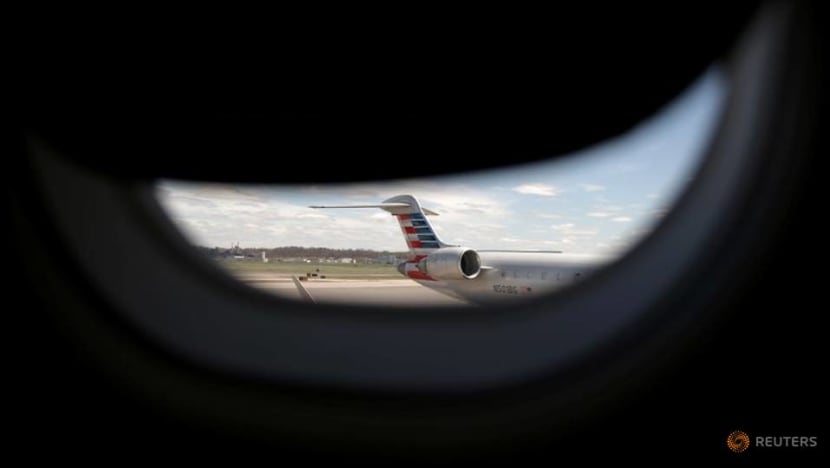
Singapore Airlines has only 10 of its planes currently operating out of a fleet of approximately 200 and the group recorded a 60.4 per cent decline in passenger carriage in March. It has adapted maintaining and upgrading its modern fleet as a key way to minimise its environmental footprint.
READ: SIA Group reports 60% decline in passenger carriage as demand 'severely impacted' by COVID-19 travel restrictions
A spokesperson confirmed that the fleet has an average age of only six years. “We are continuing to assess the full impact of the COVID-19 situation on our current and future operations,” they said.
Despite the best efforts at projections, unknowns still hang over aviation, including how soon services can resume and the keenness of consumers to travel once again.
Climate change awareness and new ways of remotely communicating and working - forced upon communities and workplaces during the lockdown periods - may change travel patterns forever.
“Business travel might be affected for a long time because people are getting used to these virtual tools that are proving really effective. So a certain percentage of business trips may now no longer take place because it can just be done online,” Waldron noted.
“This will have a long term effect on emissions. The industry is probably going to come back in a smaller form and that’s going to affect emissions.”

Long-term projections before the coronavirus outbreak, however, predicted a doubling in air travel over the next two decades.
Additionally, analysis by the London School of Economics in 2019 showed that most of the world’s top airlines were not doing enough to help meet the Paris Agreement goal of limiting global warming to below 2 degrees Celsius in the long term.
“If the commercial aviation sector was its own country, it would be the sixth-largest emitter in the world,” Merzian said.
“The real question is whether aviation will return to the same levels and therefore the same emissions.”
BOOKMARK THIS: Our comprehensive coverage of the coronavirus outbreak and its developments
Download our app or subscribe to our Telegram channel for the latest updates on the coronavirus outbreak: https://cna.asia/telegram















